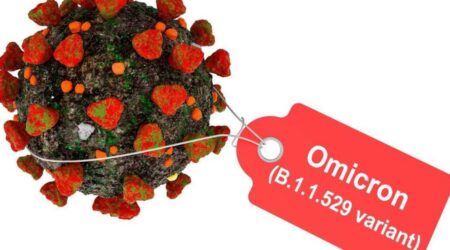New Delhi: If you felt uncomfortable while giving swab for RTPCR test for Covid-19, next time you may not have to go through the hassle of invasive swab collection stick. Nagpur-based National Environmental Engineering Research Institute (NEERI) in India has indigenously developed Saline Gargle RT-PCR technique for testing Covid-19 samples. Just gargle and it’s your sample for Covid-19 test.
The Saline Gargle RT-PCR technology developed by NEERI is simple, fast, cost-effective, patient-friendly and comfortable. According to scientists at NEERI, the Saline Gargle also provides instant test results and is well-suited for rural and tribal areas, given minimal infrastructure requirements.
NEERI has transferred the know-how of the Saline Gargle method to the Union Ministry of Micro, Small and Medium Enterprises (MSME), on a non-exclusive basis. This is expected to enable the innovation to be commercialized and licensed to all capable parties, including private, government and various rural development schemes and departments. The licensees are expected to set up manufacturing facilities for commercial production of Saline Gargle in the form of easily usable compact kits.
The ceremonial transfer of the Standard Operating Procedure and Know-How of the Saline Gargle RT-PCR technique was done in the presence of Union Minister Nitin Gadkari September11, 2021.
The Saline Gargle RT-PCR method uses a simple collection tube filled with saline solution. The patient gargles the solution and rinses it inside the tube. This sample in the collection tube is taken to the laboratory where it is kept at room temperature, in a special buffer solution prepared by NEERI. An RNA template is produced when this solution is heated, which is further processed for Reverse Transcription Polymerase Chain Reaction (RT-PCR). This method of collecting and processing the sample enables medical authorities to save on the otherwise costly infrastructural requirement of RNA extraction. People can also test themselves, since this method allows self-sampling. The method is environment-friendly as well, since waste generation is minimized.












